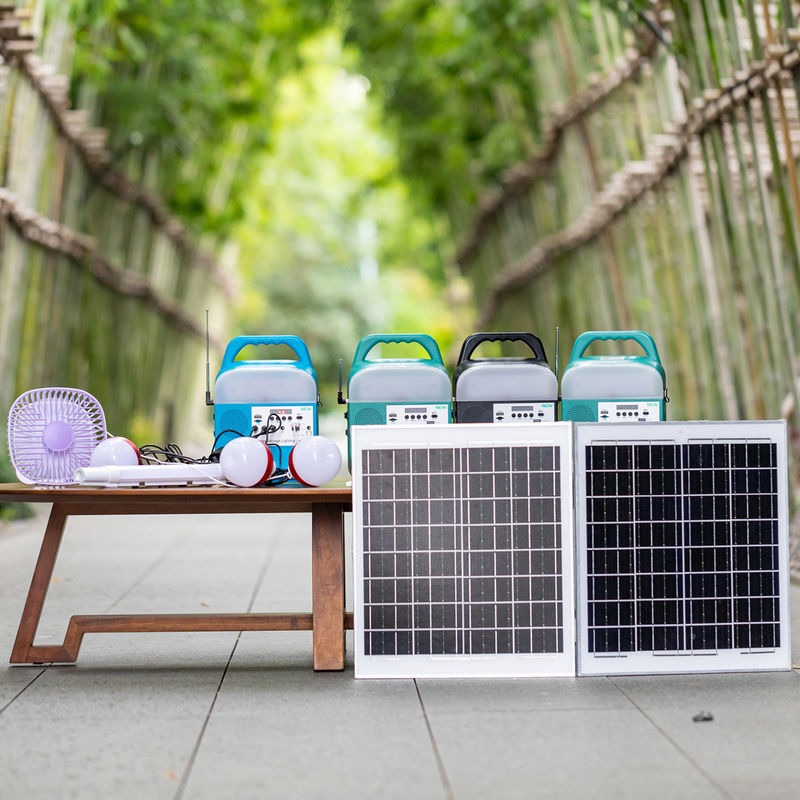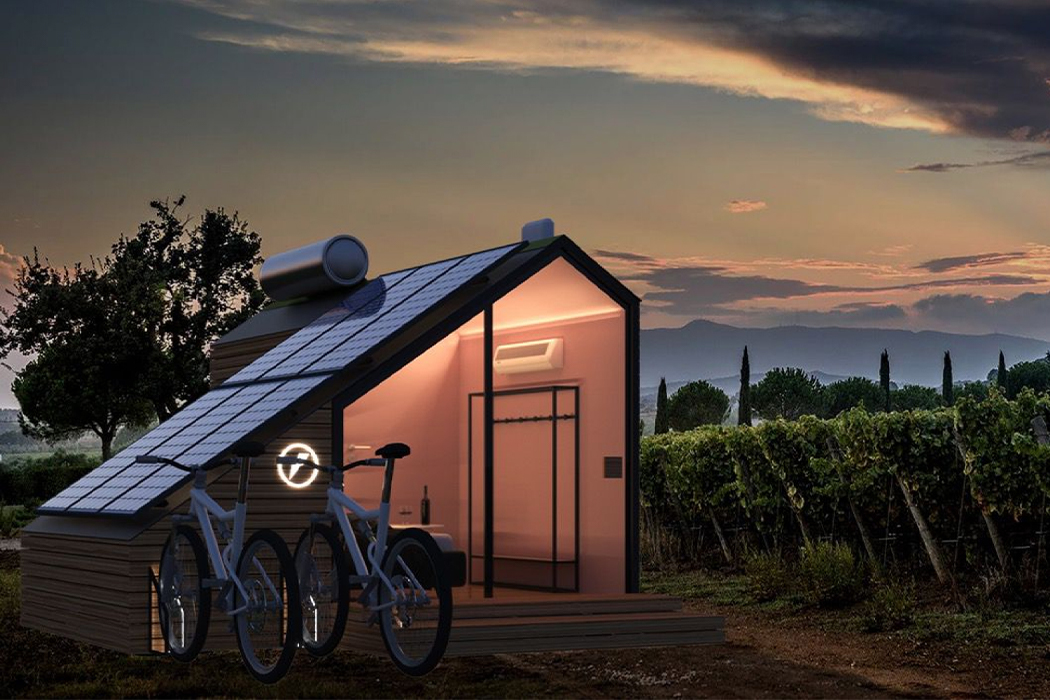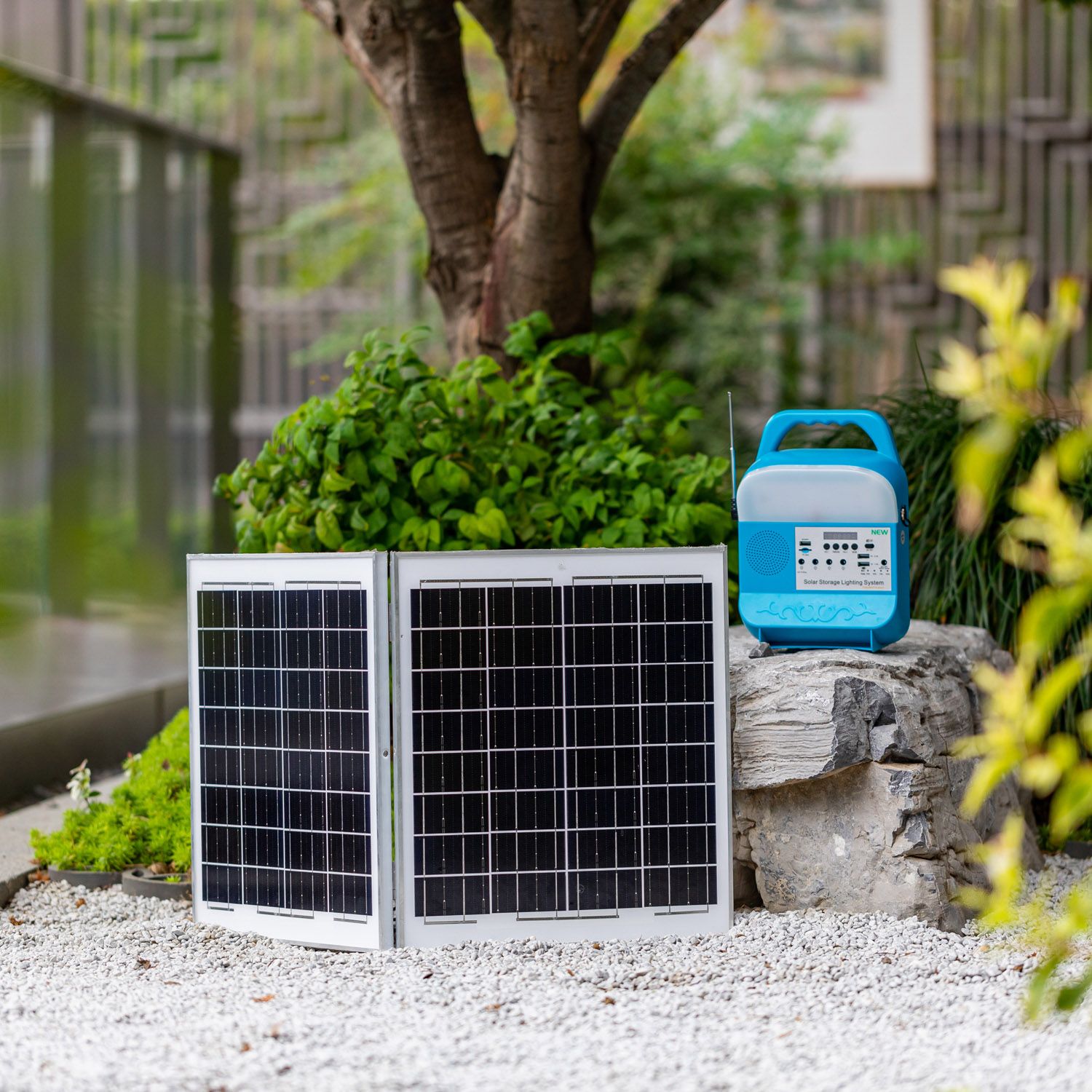Solar-Powered Lighting Solutions For Eco-friendly Homes

Executive Summary

This comprehensive guide explores the benefits, applications, and considerations of solar-powered lighting for eco-conscious homeowners. We delve into various types of solar lighting, installation processes, cost-effectiveness, energy efficiency, and the overall environmental impact. Whether you’re aiming for a completely off-grid setup or simply supplementing your existing power, we provide actionable insights and practical advice to help you make informed decisions about integrating solar lighting into your home. This guide aims to empower you to make a sustainable and economical choice for your home’s lighting needs.

Introduction
In today’s world, environmental consciousness is paramount. More and more homeowners are seeking ways to reduce their carbon footprint and embrace sustainable living. Solar-powered lighting offers a compelling solution, allowing you to illuminate your home while minimizing your environmental impact. This guide will explore the various aspects of solar lighting, from the technology behind it to the benefits it offers, providing you with the knowledge necessary to make informed decisions about integrating this technology into your home.
Frequently Asked Questions
- Q: Are solar lights really as bright as traditional electric lights?
A: The brightness of a solar light depends on the wattage and the type of LED used. While some may be less bright than traditional incandescent bulbs, many modern solar LEDs offer comparable brightness, and in some cases, even surpass them in lumens per watt. Advances in solar technology continually improve the output.
- Q: How long do solar lights last?
A: The lifespan of a solar light depends on several factors, including the quality of the components, the type of battery, and the amount of sunlight it receives. High-quality solar lights with robust batteries and durable construction can last for many years, often with a warranty covering several years of performance.
- Q: How much does it cost to install solar lighting?
A: The cost of installing solar lighting varies widely depending on the scale of the project, the complexity of the installation, and the type of fixtures selected. Simple installations, such as adding solar pathway lights, can be relatively inexpensive. Larger projects, such as powering an entire home with solar lighting, will require a more substantial investment, potentially including professional installation costs.
Types of Solar Lights
Solar lighting has evolved beyond simple garden lights. There’s a wide variety to suit different needs and aesthetics.
-
Solar Pathway Lights: These are small, ground-level lights perfect for illuminating walkways and gardens. They are typically affordable and easy to install. Their relatively low light output makes them ideal for creating ambient lighting.
-
Solar Wall Lights: These mount directly to exterior walls, providing security lighting and enhancing curb appeal. They offer more brightness than pathway lights and are suitable for illuminating doorways, driveways, and other areas.
-
Solar Flood Lights: These powerful lights are excellent for larger areas needing bright illumination, such as driveways, patios, and outdoor entertainment spaces. They typically have larger solar panels and more robust batteries.
-
Solar Garden Lights: These come in a multitude of styles and designs, offering flexibility in terms of aesthetic integration into your landscape. They can range from small, subtle lights to larger statement pieces.
-
Solar Street Lights: While less common for residential use, these are available for larger properties or those seeking highly effective outdoor illumination. They are designed to provide significant light output over larger areas.
Solar Panel Efficiency and Placement
Optimizing your solar panel’s performance is key to maximizing your lighting. Panel efficiency and strategic placement are crucial aspects.
-
Panel Size and Wattage: Larger panels generally capture more sunlight, leading to increased energy production. Choose panels that align with your lighting needs and the available sunlight in your location.
-
Sunlight Exposure: Position panels to receive direct sunlight throughout the day. South-facing (in the Northern Hemisphere) is generally ideal, but you should consider factors like shade from trees or buildings.
-
Angle of the Panel: Adjusting the panel’s angle to match the sun’s position throughout the day can improve energy capture, especially during the winter months.
-
Panel Cleaning: Regularly cleaning your panels will remove dust and debris, ensuring optimal light absorption and energy generation.
-
Panel Durability: Invest in durable, weather-resistant panels capable of withstanding harsh weather conditions for longevity and reliability.
Battery Storage and Capacity
The battery is the heart of your solar lighting system. Understanding its characteristics is essential.
-
Battery Type: Different battery types (e.g., lithium-ion, lead-acid) offer various advantages in terms of lifespan, charge rate, and overall performance. Lithium-ion batteries are generally preferred for their longer lifespan and higher energy density.
-
Battery Capacity: A higher battery capacity means longer runtimes on a single charge. Choose a capacity that matches your lighting needs and the available sunlight.
-
Battery Life: Battery lifespan varies depending on the type and usage. Regularly check the battery’s health and replace it when necessary.
-
Charging Time: The time it takes for the battery to fully charge depends on the size of the panel, the battery capacity, and the available sunlight.
-
Deep Discharge Protection: Many modern batteries have deep discharge protection to prevent damage caused by fully depleting the battery.
Installation and Maintenance
Proper installation and regular maintenance are essential for maximizing the lifespan and performance of your solar lighting system.
-
Professional Installation: While some simpler systems can be DIY projects, complex installations often benefit from professional expertise. Professional installation ensures proper wiring and optimal placement for maximizing efficiency.
-
Wiring and Connections: Ensure proper wiring and secure connections to prevent short circuits or other electrical problems. If you’re not electrically competent, get a professional to install it.
-
Regular Cleaning: Periodically clean the solar panels and light fixtures to remove dirt, dust, and debris that can reduce efficiency.
-
Troubleshooting: Familiarize yourself with basic troubleshooting techniques to address common issues like weak lighting or malfunctioning components.
-
Warranty and Support: Check the warranty and support offered by the manufacturer to ensure access to assistance if needed.
Conclusion
Embracing solar-powered lighting is more than just a trend; it’s a commitment to sustainable living and a smart investment in your home’s future. By carefully considering the various factors discussed – from selecting the right type of lights to optimizing panel placement and battery capacity – you can create a lighting system that is not only environmentally responsible but also aesthetically pleasing and economically sound. The initial investment might seem higher than traditional lighting, but the long-term benefits in energy savings, reduced environmental impact, and increased property value will make it a worthwhile decision for years to come. Embrace the power of the sun to illuminate your home and contribute to a brighter, greener future.
Keyword Tags
Solar Lighting, Eco-friendly Lighting, Sustainable Home Improvement, Solar Panel Efficiency, Battery Storage

Harish Yadav is the founder of Interio Group App. It is an Home-Interiors Marketplace where customers can hire Interior businesses and designers directly. Customers can get quotes for their interior needs.